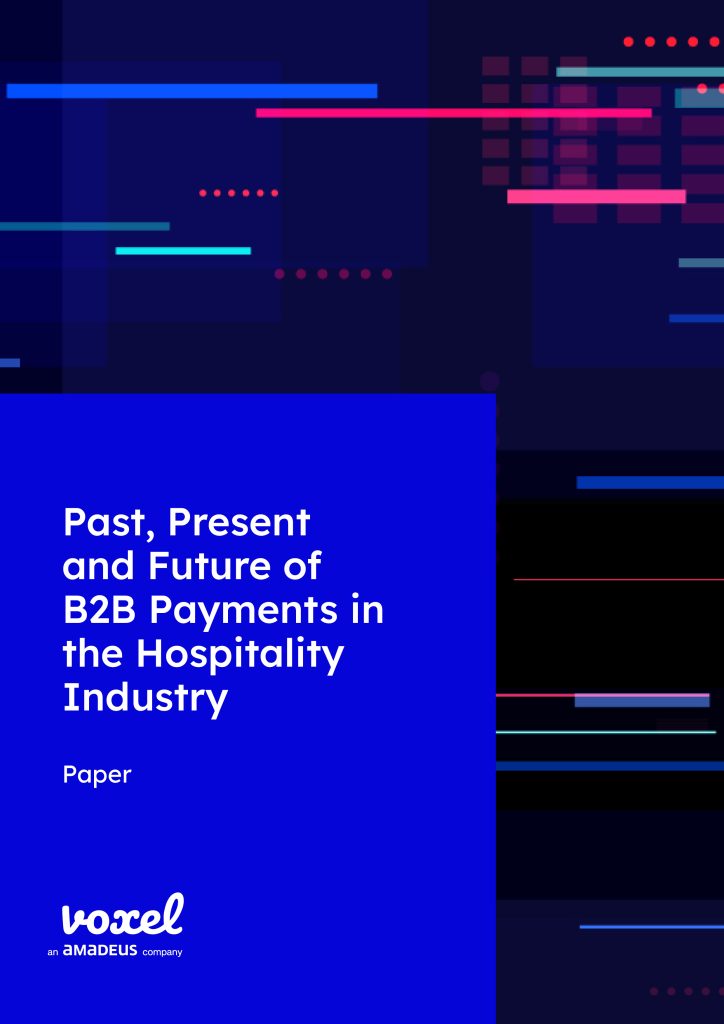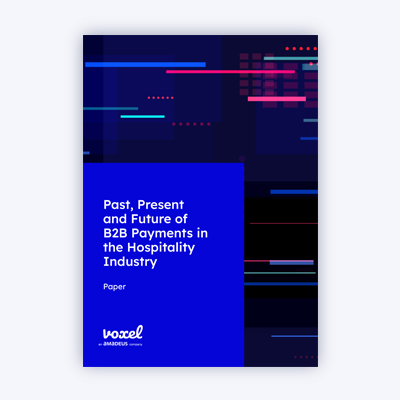PAPER
Introduction
According to the latest research conducted by WTTC, before the pandemic, Travel & Tourism (including its direct, indirect and induced impacts) accounted for 1 in 4 of all new jobs created across the globe, 10.6% of all jobs (334 million), and 10.4% of global GDP (US$9.2 trillion). Meanwhile, international traveler spending amounted to US$1.7 trillion in 2019 (6.8% of total exports and 27.4% of global services exports).
Clearly, the pandemic turned this mesmerizing landscape upside down, and with it, the mindset of many industry stakeholders. After having spent decades laser-focused on growing their businesses, everybody suddenly turned their focus to saving their business. And this shift in focus inevitably led to a change in attention: from making money to saving money; from happily coexisting with the inefficiencies that, hidden behind years of unparalleled bonanza, had been systematically piling up, to fiercely combating all sources of inefficiency that threatened survival. It is in this context that B2B (Business to Business) payments have suddenly captured everybody’s attention.
For a payments expert who is unfamiliar with B2B payment practices in hospitality, getting acquainted with these practices can become a strikingly surreal experience. Given the dramatic change that Fintech has undergone over the last decade, it is shocking to see that B2B payment methods and procedures have not significantly changed over the past 20 years. Even more shocking, yet, is to see how little attention players in the industry have traditionally paid to this critical aspect of their business. However, as we leave the pandemic behind us, a new normal is emerging, characterized by a strong determination to also leave behind most inefficient processes of the past.
Download the complete paper

We inform you that Voxel Media, S.L. will process your data in order to manage your requests, answer your questions, organize events and, when appropriate, send you our Newsletter to keep you informed of our activities and services. You can exercise your ARCO+ rights (access, rectification or deletion, limitation to processing, opposition and portability) by sending an email to [email protected].

A report published by PYMNTS.com in 2018 already indicated a strong interest from travel companies in payment innovation. Specifically, 8 out of 10 respondents claimed to have the intention to initiate a payment innovation project in the next 3 years.
The way players in the industry are starting to think about payments is changing radically and there’s probably no clearer sign of the winds of change than Booking.com’s announcement, in July 2021, of their intention to create a new FinTech business unit.
In 2022 we are likely to experience the last throes of COVID-19 and the rise of the travel industry from its ashes. According to WTTC, the sector has experienced a surge of more than 250% in European bookings for Easter compared to 2021. The same organization projects the sector’s GDP contributions in the US could reach nearly $2 trillion, which is a 6.2% increase from 2019, with Easter and summer travel bookings helping to bolster economic recovery.
Many industry players will take advantage of the new post-pandemic scenario to implement innovative B2B payment strategies that will give them a competitive edge. For many this may sound bizarre, but in an ideal world, shouldn’t B2B payments simply happen seamlessly in due course? How can payment processing be turned into a competitive advantage? Well, welcome to the hospitality industry.
B2B payments in hospitality are far from frictionless, often requiring time-consuming and error-prone manual procedures, which can damage otherwise healthy business relationships. According to PMNTS.com, 4 out of 10 travel companies have trouble managing multiple PSPs.
4 out of 10 travel companies have trouble managing multiple PSPs.

Another consideration worth noting is that, left to its own devices, the overhead costs of payment processing (acquisition costs, administrative costs and breakage) can easily account for as much as 5% of a hotel’s bottom line. Multiply this by hundreds of thousands of hotels worldwide and you have the industry-wide impact of payment inefficiencies. It is no coincidence that two of the largest industry associations; Hotel Electronic Distribution Network Association (HEDNA) and Hospitality Technology Next Generation (HTNG), partnered in 2020 to design a standard aimed at creating an industry-specific and frictionless B2B payment channel: The Open Payment Alliance (OPA) international standard.
This paper begins by reviewing the historical reasons for the difficulties that exist in hospitality B2B payments and then goes on to analyze how the OPA standard addresses these. As we’ll see, early adoption of this new standard is already starting to foster and democratize payment innovation, enabling players of all sizes in the industry to design their own payments strategies at a negligible fraction of the cost that industry leaders are paying to implement theirs.
Download the complete paper:
The overhead costs of payment processing (acquisition costs, administrative costs and breakage) can easily account for as much as 5% of a hotel’s bottom line.














